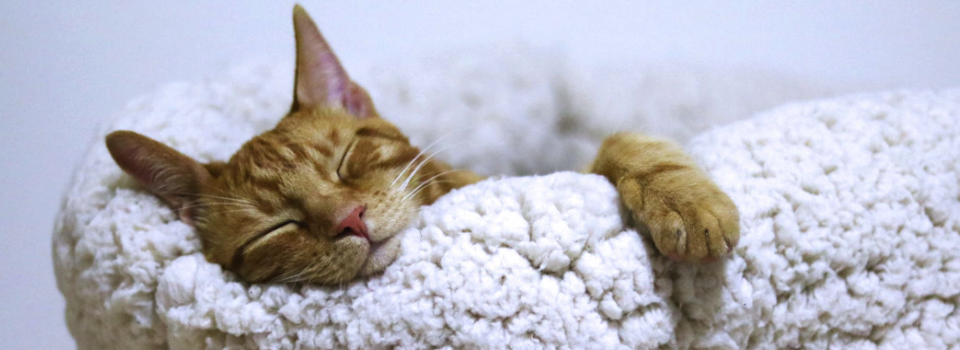One of the biggest concerns for many Mac users, is battery life.
Making sure each charge lasts for as long as possible, is always the ultimate goal, especially if you’re on the go or regularly use your Mac in locations where access to power is limited, for example in your local coffee shop or on the train. Since your Mac’s battery degrades with each complete charge cycle, getting the most out of a single charge can also help ensure your battery remains in tip-top condition, for as long as possible.
To help preserve your Mac’s battery life, macOS comes with a number of built-in battery saving features, including a range of sleep settings.
By the end of this article, you’ll understand the subtle differences between macOS’ sleep, hibernation and deep sleep modes, and will know how to switch between them.
Sleep, Hibernation and Deep Sleep: What’s the difference?
Modern Macs have three different sleep modes, and each of them functions slightly differently:
- Sleep. In this mode, macOS cuts the power to all of its components except for the RAM. Since macOS doesn’t need to load anything from its hard drive, you’ll be able to resume using your Mac pretty much as soon as it wakes up.
- Hibernation. The contents of your Mac’s RAM are copied to your hard drive before macOS cuts power to all of its components including the RAM, as if the computer was completely turned off. When your Mac wakes, it’ll need to read the data from disk and write that data back to RAM, so you’ll need to wait longer for your Mac to become usable again.
- Safe sleep, also known as deep sleep mode. This is where the contents of memory are copied to your startup drive before your Mac dozes off, but the RAM remains powered up. Safe sleep offers the fastest wake time, as the RAM still contains all of the necessary information, while also ensuring you won’t lose the current session if the battery runs out while your Mac is still sound asleep. All Macs from 2005 and later support safe sleep mode.
Which sleep mode is your Mac using?
You can check whether your Mac is currently using sleep, hibernation or safe sleep mode, using a Terminal command:
- Open a new “Finder” window.
- Navigate to “Applications > Utilities” and launch the Terminal app.
- Copy/paste the following command into the Terminal window:
pmset -g | grep hibernatemode
- Press the “Enter” key on your keyboard.
The Terminal should display one of the following responses:
- hibernatemode 0. Sleep mode is enabled. On modern Macs, this is usually the default.
- hibernatemode 1 or hibernatemode 25. Hibernate mode is enabled.
- hibernatemode 3. Safe sleep is enabled.

Switch up your sleep mode
You can change the sleep mode your Mac is using, although this typically isn’t advised for pre-2005 MacBooks as some of these devices don’t support all three sleep modes. If you try to force your Mac to use an unsupported sleep mode, then your laptop may lose data every time it enters this unsupported mode.
To switch up your sleep mode:
- Copy/paste the following command into the Terminal but don’t press the “Enter” key on your keyboard:
sudo pmset -a
- Next, specify your desired sleep mode, using the code from the previous section. For example if you wanted to use hibernation mode, then your command would look like this:
sudo pmset -a hibernatemode 1
- Now you can press the “Enter” key on your keyboard.
- When prompted, enter your admin password, and then press the “Enter” key again. Your Mac will now be using this new mode!






Add Comment